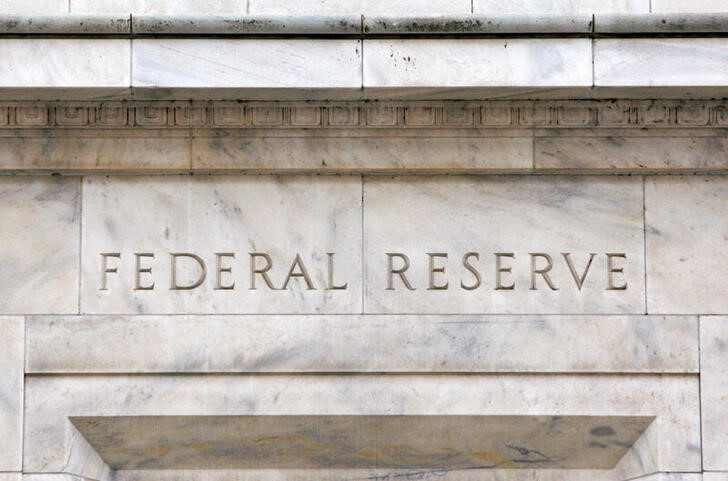Proactive Investors - Inflation in the United States slowed more than expected in October led by a decline in gas prices, sending stocks higher on the Street’s optimism that this will encourage the Federal Reserve to begin cutting interest rates in mid-2024.
Shortly after noon on Tuesday, the Nasdaq had added 2.1%, the S&P 500 was up 1.8% and the Dow Jones had gained 1.3%.
For the 12 months ending in October, the Consumer Price Index (CPI) rose 3.2%, down from 3.7% in September. It was unchanged month-over-month after rising 0.4% in September.
Wall Street analysts had been expecting increases of 3.3% and 0.1% respectively.
“The widely awaited US October inflation print came in lower than expected, both with regards to core and headline inflation and gave the November equity up leg a strong boost with most indices rising by between 1.5% to 2%,” commented IG Senior Market analyst Alex Rudolph.
“Fed rate cut expectations have been brought forward to May 2024 with analysts now anticipating to see four rate cuts before the end of next year and rates to come back down to 4.25% to 4.5%.”
Based on the “benign” October report, analysts at the Bank of America (NYSE:BAC) have changed their view on the Fed and now believe its hiking cycle is over.
“The report assuaged concerns of a reacceleration in inflation following the September report,” they wrote.
But Oliver Rust, head of product at inflation data aggregator Truflation, warned that elevated core prices remain a concern.
Core CPI, which removes the more volatile energy and food components, was 4% for the 12 months ending in October compared to 4.1% in September. It rose 0.2% month-over-month, below the consensus estimate of a 0.3% increase.
“This supports our belief that inflation in the US is now becoming entrenched and will be harder to shift than the market expects,” Rust said.
“As such, while today’s release will be welcome news for risk assets, this exuberance could be short-lived if we see another uptick in the coming months.”
He pointed to several factors that will keep inflation elevated for the rest of the year, including increased oil prices due to the Israel-Hamas war and OPEC+ supply restrictions and continued tightness in the labor market, which fuels consumer spending.
XTB market analyst Joshua Raymond also cautioned that the path toward the normalization of interest rates was likely to remain long and somewhat volatile.
“I very much doubt we will hear bankers at the Fed signal the all clear sign just yet,” Raymond said.
